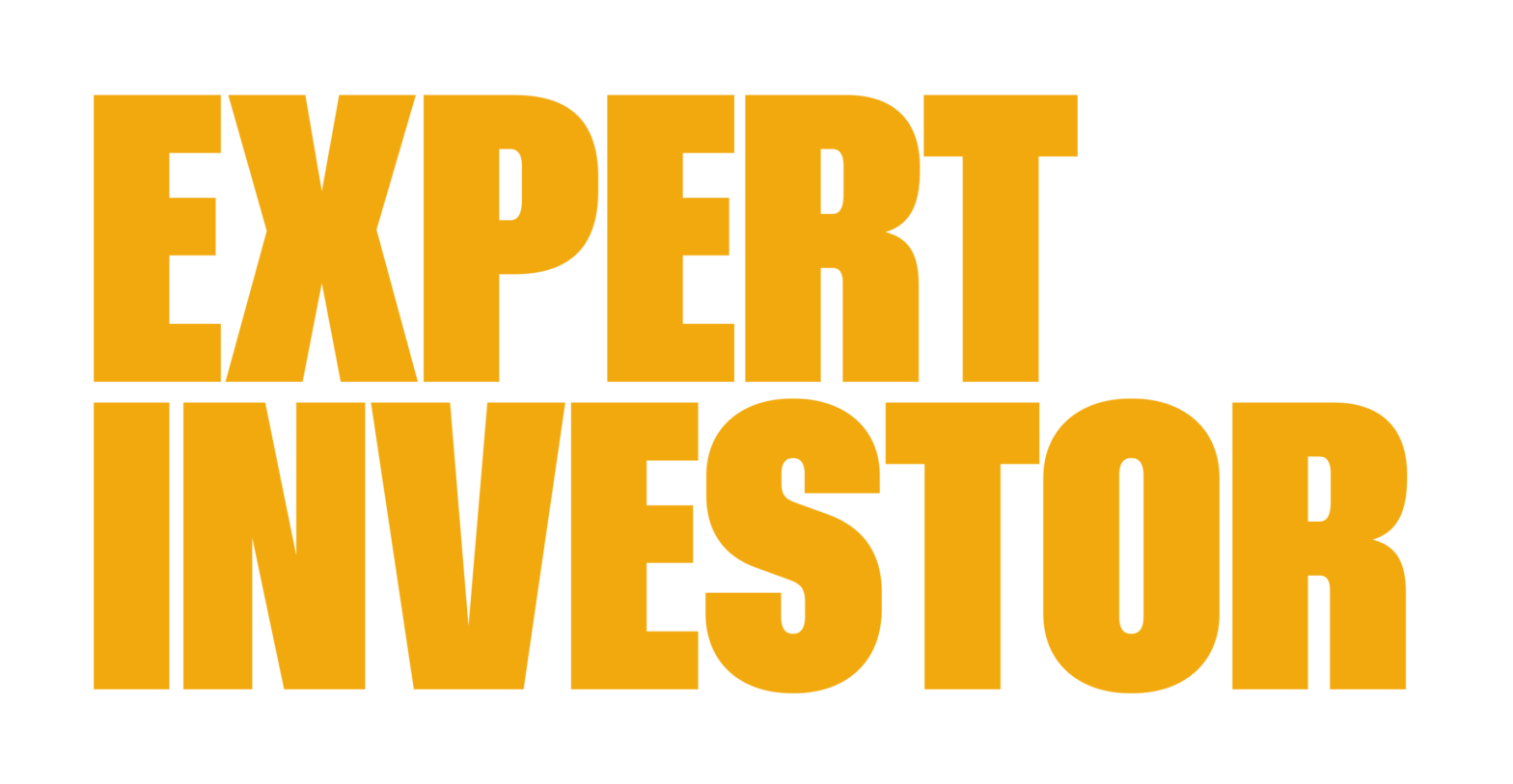ANALYSIS: Why SRI trackers have outperformed
Some sustainable index trackers have outperformed their plain vanilla peers since they were established a few years ago, while others haven’t.

Some sustainable index trackers have outperformed their plain vanilla peers since they were established a few years ago, while others haven’t.

The use of index trackers by professional investors has skyrocketed in recent years. Investors have been attracted by the easy access to ETFs, their transparency and of course their low fees. But what do they exactly use ETFs for? Greenwich Associates asked 132 institutional investors the question.

US equity ETFs saw net outflows of €1.3bn in April, in a sharp reversal from the previous month when it was the best-selling asset class overall, Lipper reported. European equity ETFs, by contrast, enjoyed huge inflows on the back of macro(n)economic optimism.

It is no secret the average active fund manager struggles to outperform consistently. Corporate governance is an obvious area where active managers can still prove their value.

Chinese companies account for only a tiny percentage of ESG-filtered emerging market ETFs, even though China is 26.5% of the MSCI EM Index.

Fund buyers in Luxembourg are reducing exposure to expensive US equities and are increasing their allocation to Europe. They have a preference for index trackers.

Ricardo Libano, a fund selector at the Portuguese wealth manager IM Gestão de Ativos in Lisbon, has a natural inclination to invest in active funds. But it’s not always easy to do so, and sometimes he is left little choice but to select a passive option.

US-based asset manager Invesco has confirmed it will take over Source, the London-based ETF provider.

Three quarters of institutional investors in Europe are planning to beef up their allocations to so-called alternative risk premia, or smart beta, according to research by Cerulli. But what factors are most sought after is determined by investors’ nationality.

UBS Asset Management has slashed the fee on its ETF Barclays fund after attracting $470m (€437m) of inflows in less than seven months.

New research from Hermes Investment Management shows a correlation between companies’ ESG scores and credit spreads.

European investors are ramping up their exposure to the commodities sector in 2017 and are increasingly turning to ETFs, said ETF provider Source.